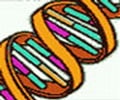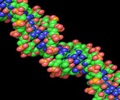In your bloodstream, there are immune cells called neutrophils that, when faced with a pathogenic threat, will expel their DNA like a net to contain it.

TOP INSIGHT
Neutrophils are white blood cells that use their own DNA snares called neutrophil extracellular traps (NETs) as a last line of defense against pathogens.
Once a neutrophil is induced to release its NETs, it anchors itself in the tissue and breaks down its nuclear envelope: the barrier between the nuclear DNA and the rest of the cell. The researchers were intrigued by this, because normally cells only break down their nuclear envelope before they divide. Zychlinsky, Amulic, and colleagues hypothesized that neutrophils were using the same cell cycle proteins used for cell division to release the NETs.
To test this, the researchers inhibited the cell cycle proteins in mouse neutrophils, and found that indeed, fewer NETs were released. Consequently, mice that were no longer to efficiently release NETs were less able to clear fungal infections. Then, they observed human brains with fungal infections and confirmed that our neutrophils are also using cell cycle proteins.
"The ultimate goal for this research is to interfere clinically, either when too few or too many NETs are being produced," says Amulic. "Also, this is just a really fascinating cell biological phenomenon."
Source-Eurekalert
 MEDINDIA
MEDINDIA
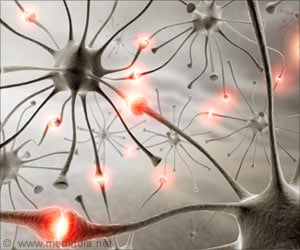
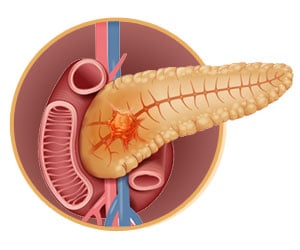
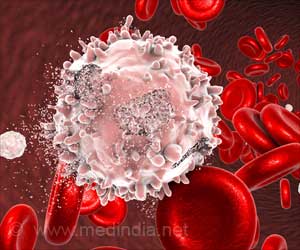

 Email
Email



